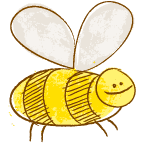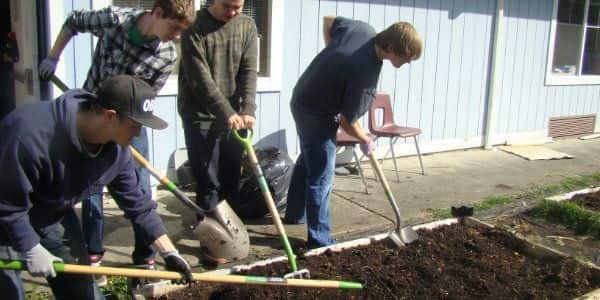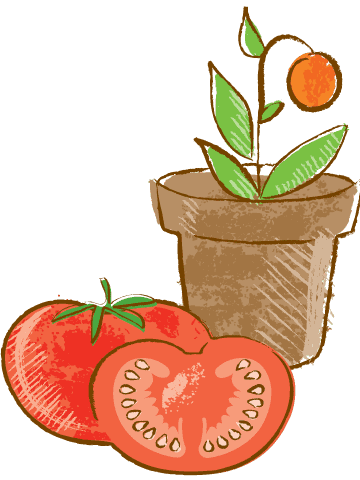Two Rivers School, a small, project-based school serving grades 6-12, is a goal-centered, hands-on learning environment. Their school garden is a powerful tool for building life skills.
“We recently transitioned into a project-based school,” explains Principal Amy Montanye-Johnson. “The garden is our first successful example of what project-based learning can accomplish, and it’s a great example of teachers collaborating to do cross-content work.”
Two Rivers students are learning a range of food preservation methods, which can stretch a family’s food dollars and make it easier to eat more vegetables and fruits year round.
“Quite a few of our students live in poverty, and what always concerns us is how expensive it can be to eat well. Our students learn it doesn’t have to be that way,” explains Laurie Weinkauf, consumer science teacher.
“Quite a few of our students live in poverty, and what always concerns us is how expensive it can be to eat well. Our students learn it doesn’t have to be that way.”
Using produce grown in the school garden, the students have learned how to safely can produce using the water-bath method; dry fruits and vegetables with a food dehydrator and other methods; freeze fruits and vegetables properly; use fresh produce in simple recipes that have a longer shelf life or can be frozen.
Throughout the year, their fresh garden bounty is also used to cook and feed a free lunch to the entire school several times.
“We use as many ingredients from the garden as we can and supplement with store-bought ingredients, which I’m able to purchase since I teach a cooking class,” Laurie explains.
Besides gaining cooking skills, the kids learn the powerful community effects of sharing a meal.
“Our district provides food, but we don’t have a kitchen or cafeteria. Some students leave campus for lunch because the quality of what we get is limited,” says Amy. “But when we’re serving food from Laurie’s class, everyone stays and has lunch in the commons together.”
Beyond growing, eating and preserving food, students have participated in several other big hands-on projects in the garden:
- Students were trained how to build and completely installed a drip irrigation system to conserve water.
- Students tested the garden’s soil for nutrients, then investigated and developed a plan for maintaining soil fertility at the lowest possible cost. This project led to the decision to build a student-made composter.
- Kids in grades 9-12 designed and built the composter, a project that required heavy research. They compared types of fertilizers and studied the possible effects of fertilizers on a nearby river, which has a salmon habitat the school aims to protect. Then they researched composting methods and worked to design a three-bin composter that would keep rodents out. A volunteer supplied and cut the wood, and the students built it.
Close teacher collaboration has helped make these projects a success. The school has only 100 students, classrooms are connected and teachers share a lot of the same students.
“We have daily conversations about what we’re doing in the garden,” says Elise Cooksley, science teacher.
Now that the students have had a taste of success, they’re eager to take on more projects, including adding a native plant garden and building up the soil in the courtyard where existing raised beds sit, so the edible garden can be expanded.
Food Preservation: Lessons with a Long Shelf Life
Learning how to preserve food is a valuable life skill that relates to many curriculum subjects. People of all cultures, living in different conditions, have been preserving food since ancient times. Lessons in basic food preservation can easily be connected to economics, math, history, geography, anthropology and agriculture.
Give your students a taste of canning, dehydrating, freezing and other basic food preservation methods. Even if your school does not have a kitchen, some methods can be accomplished or demonstrated with a single plug-in appliance, such as a food dehydrator, electric burner or camping stove.
Get started with these resources:
National Center for Home Food Preservation



